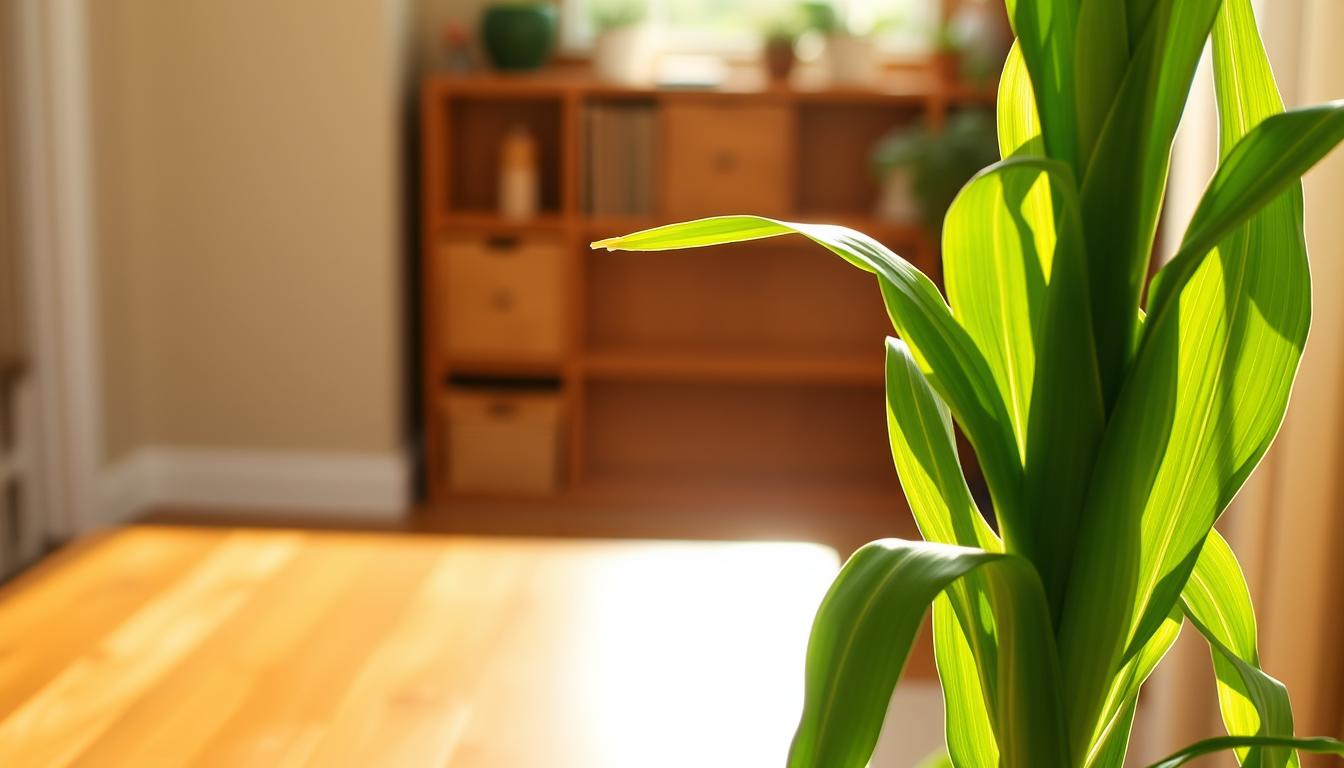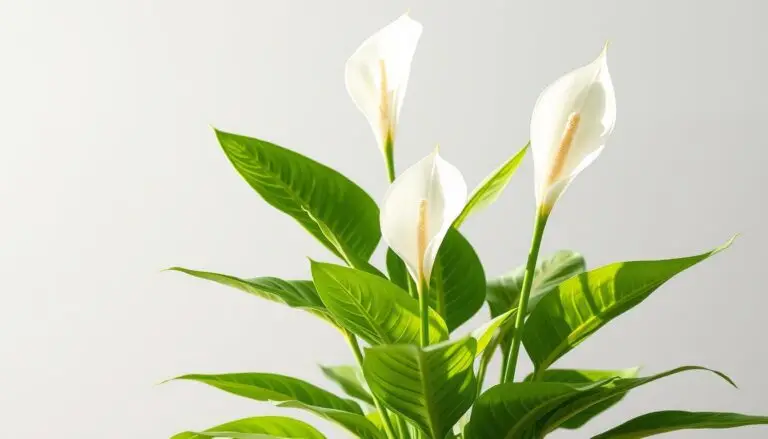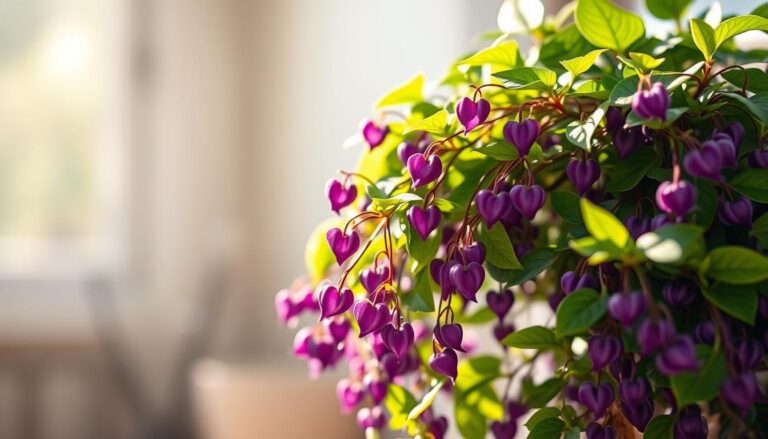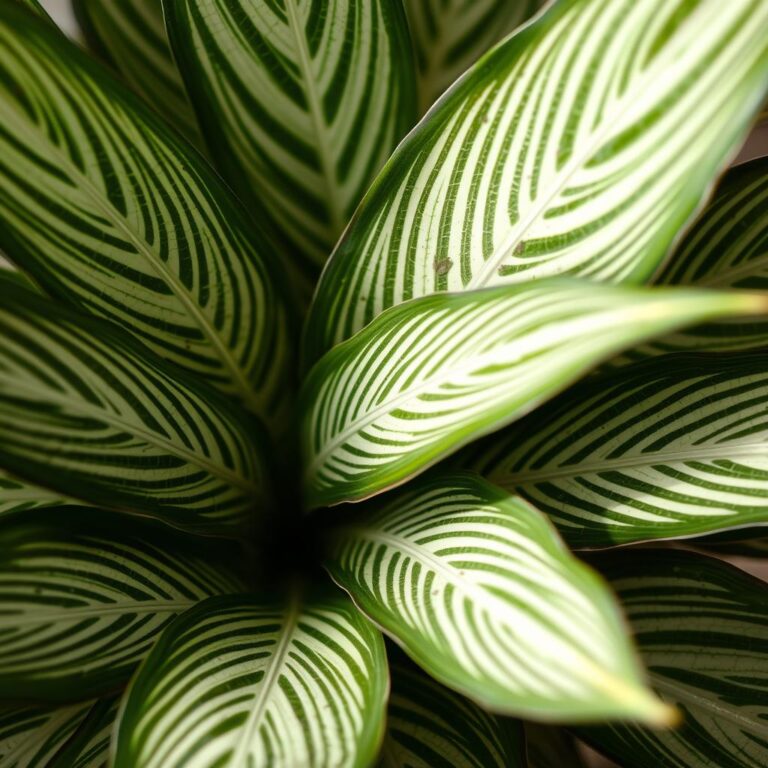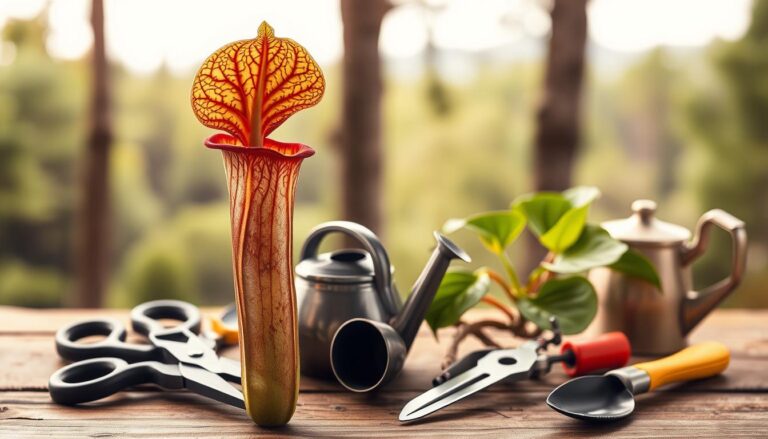Corn Plant Care: Simple Steps for a Thriving Plant
Imagine walking into your living room and seeing lush, arching leaves that remind you of summer fields—even in the heart of winter. That’s the magic of the corn plant care. With its cane-like stems and striped foliage, this resilient beauty has graced homes for over 150 years, offering a slice of nature’s calm without demanding constant attention.
Originally from tropical Africa, Dracaena fragrans adapts effortlessly to indoor spaces. Its sword-shaped leaves, often edged in gold or cream, add texture to any corner. Whether you’re new to greenery or a seasoned enthusiast, this guide simplifies the essentials: balancing moisture, choosing the right soil, and harnessing light to spark growth.
You’ll discover how to avoid common pitfalls like overwatering while learning why well-draining soil matters more than you might think. We’ll also explore subtle signs your green companion uses to communicate its needs—like drooping tips or fading color—so you can respond with confidence.
Table of Contents
Overview of the Corn Plant
Long before becoming a living room staple, this tropical gem grew wild under African skies. European explorers first documented Dracaena fragrans in the 1840s, captivated by its architectural form and resilience. By the Victorian era, its sword-like leaves became synonymous with refined interior design.
History and Origins
Native to regions from Sudan to Mozambique, the Dracaena family adapted to diverse environments—from rainforests to arid cliffs. Its journey into homes began when sailors transported cuttings across oceans. Thriving in dim ship cabins proved its suitability for indoor conditions, sparking global popularity by 1860.
Key Characteristics and Varieties
Modern cultivars offer striking visual diversity:
- ‘Massangeana’: Golden-yellow stripes on arching leaves
- ‘Lindenii’: Cream-edged foliage with upright growth
- ‘Victoria’: Compact form with spiral leaf patterns
While all varieties share easy care traits, their foliage tells unique stories. Mature specimens occasionally surprise owners with fragrant white flowers—a rare treat requiring perfect light and humidity. This adaptability makes Dracaena ideal for home or office settings, where its air-purifying qualities enhance wellness.
Corn Plant Care: Essential Tips
Maintaining your Dracaena fragrans’ striking appearance hinges on three core practices. Nail these, and you’ll enjoy its arching foliage for years—no complex routines needed.
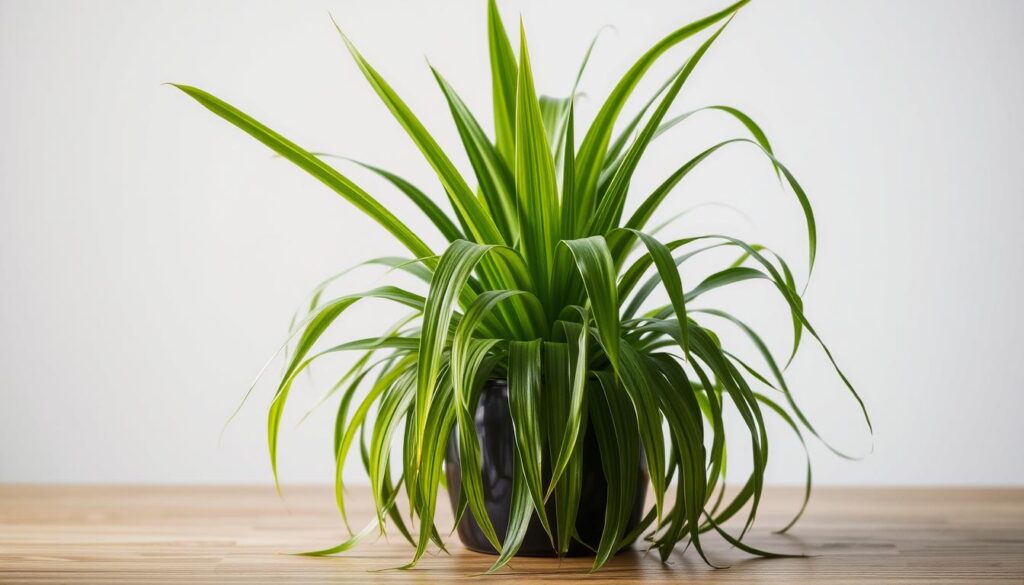
Watering and Soil Requirements
Check soil moisture by poking your finger 1″ deep. Water only when dry, aiming for the bottom roots—never let it sit in standing water. Use a mix of:
| Component | Purpose |
|---|---|
| Potting soil | Nutrient base |
| Perlite | Drainage boost |
| Coarse sand | Root aeration |
This combo prevents root rot while keeping leaves perky. Overwatered? Let soil dry completely before next hydration.
Light, Temperature, and Humidity Guidelines
Place near east-facing windows for bright, indirect sunlight. Direct rays scorch leaves, while low light fades stripes. Keep temps steady:
- 65°F–75°F in summer
- No lower than 50°F in winter
“Grouping tropical houseplants together creates a microclimate that boosts humidity naturally,” suggests Chicago-based horticulturist Linda Hale.
Fertilization and Pruning Strategies
Feed every 6-8 weeks April-September with balanced liquid fertilizer. Watch for:
| Sign | Solution |
|---|---|
| Yellow leaves | Trim at base |
| Brown tips | Increase humidity |
Remove damaged foliage promptly to redirect energy. Wipe leaves monthly with damp cloth—this maximizes light absorption.
Creating Optimal Indoor Growing Conditions
Your Dracaena thrives when its environment mimics its natural habitat. Strategic placement and consistent care routines prevent stress while encouraging vibrant growth year-round.
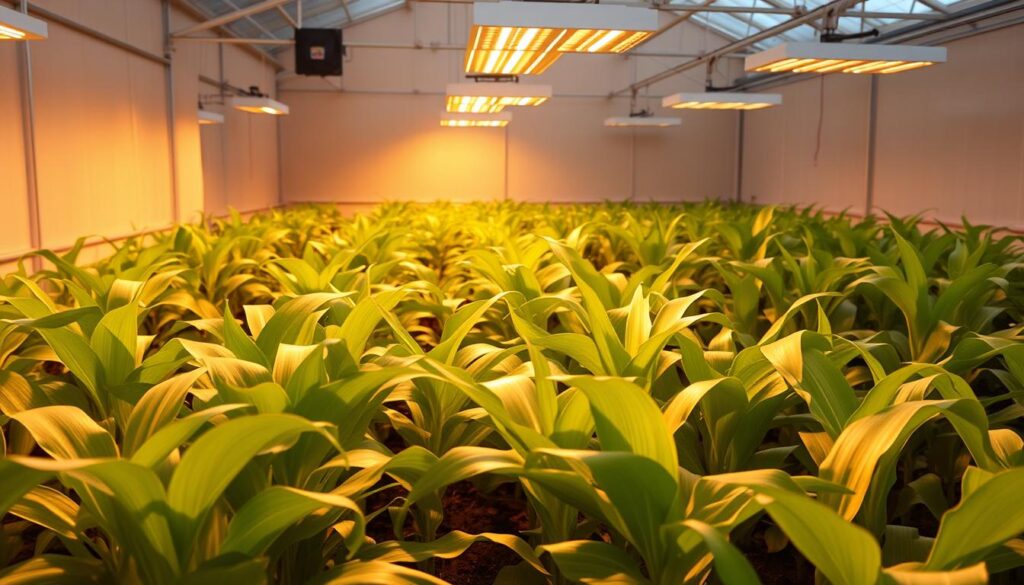
Positioning and Lighting for Your Home
Choose a spot 3-5 feet from east or north-facing windows. This provides bright, filtered light that maintains leaf patterns without risking sunburn. Rotate the pot quarterly to ensure even exposure.
Keep it away from vents, radiators, and drafty doors. Sudden temperature swings cause leaf drop. Ideal locations include living room corners or home offices with steady ambient light.
Pest Prevention and Maintenance
Wipe leaves biweekly with a microfiber cloth dampened in lukewarm water. This removes dust and disrupts pests like spider mites before they multiply. For infestations, spray with neem oil every 7 days until resolved.
| Common Issue | Signs | Action |
|---|---|---|
| Spider Mites | Webbing on stems | Apply insecticidal soap |
| Scale Insects | Sticky residue | Scrub with alcohol swabs |
| Thrips | Silver leaf streaks | Introduce predatory mites |
Repot every 2-3 spring seasons using a mix of potting soil, orchid bark, and perlite. Reduce watering by 30% in winter when growth slows. Check soil moisture weekly—dry top 2 inches means it’s time to hydrate.
Conclusion
Transform your space with a living piece of history that thrives on simplicity. By balancing temperature, light levels, and mindful watering, your Dracaena becomes a resilient indoor companion. Check soil moisture two inches deep before hydrating, and prioritize drainage to protect delicate roots from rot.
Seasonal shifts matter. Use diluted fertilizer during active growth but pause in winter when growth slows. Wipe leaves regularly to deter pests and rotate stalks near bright windows for even growth. These small acts preserve its sword-like foliage and air-purifying benefits.
Indoor gardening success lies in consistency. Repot every few years with chunky soil mixes, and watch for cues like slowed growth or dry leaf tips. With patience, your green investment rewards you with vertical elegance—proof that nature’s beauty thrives under thoughtful care.

